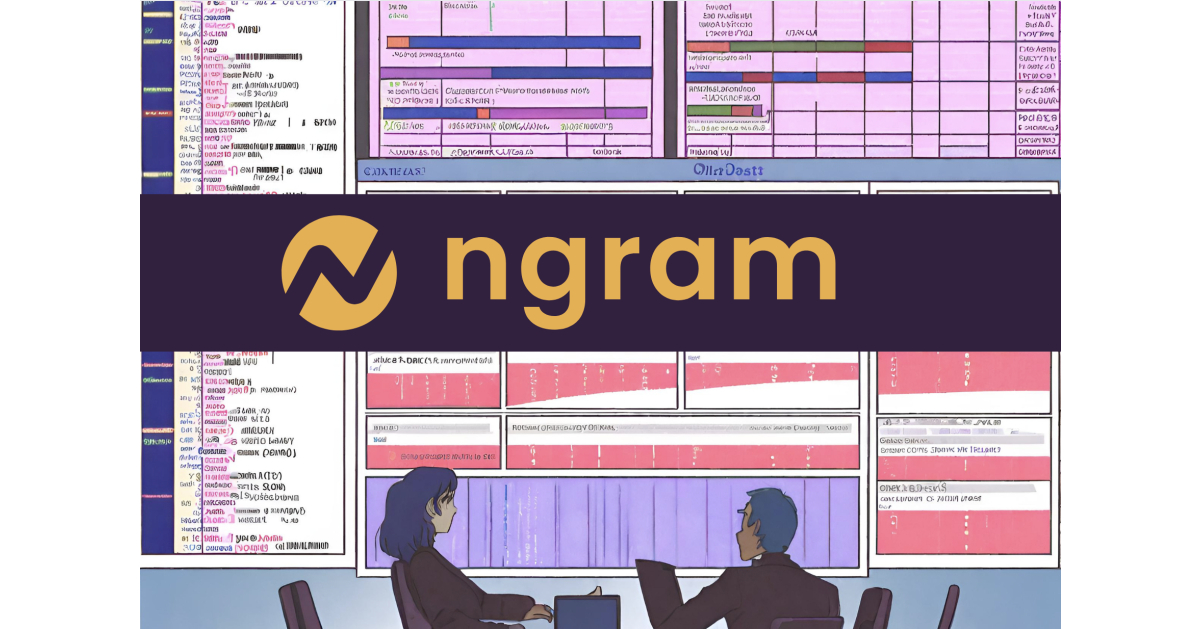
Edge Computing: A Game-Changer for the Internet of Things
[ad_1] Edge Computing: A Game-Changer for the Internet of Things In the era of digital transformation, where the Internet of Things (IoT) has become an

[ad_1] Edge Computing: A Game-Changer for the Internet of Things In the era of digital transformation, where the Internet of Things (IoT) has become an

Many venture-backed startups are unable or unwilling to go public, causing concerns among backers of venture funds who want to see returns. Investors are becoming

Zhipu AI, a prominent challenger to OpenAI in China, has received funding from Meituan, a food delivery giant with a market cap of approximately $100

[ad_1] San Francisco, CA, March 22, 2024 –(PR.com)– Ngram, a pioneering generative AI company in the life sciences industry, today announced the release of its medchat-qa-descriptive

[ad_1] Los Angeles, CA, March 14, 2024 –(PR.com)– In response to the evolving demands of leadership in our rapidly changing world, Author Ms. Nicky Dare, a

[ad_1] Houston, TX, March 31, 2023 –(PR.com)– The customers need for a growth capital solution required the ability to finance cash payments for inventory being manufactured

[ad_1] Houston, TX, December 30, 2023 –(PR.com)– The customer, a global technologies and materials group, that facilitates nano materials into next generation of commercial technologies and